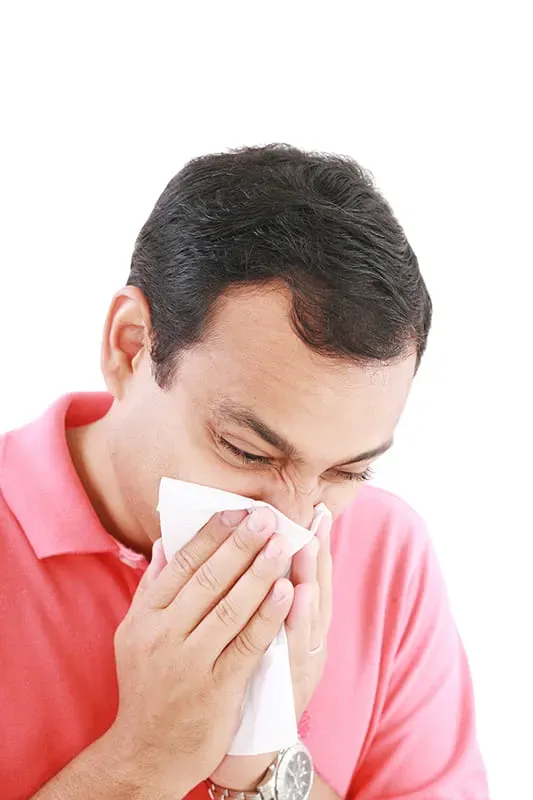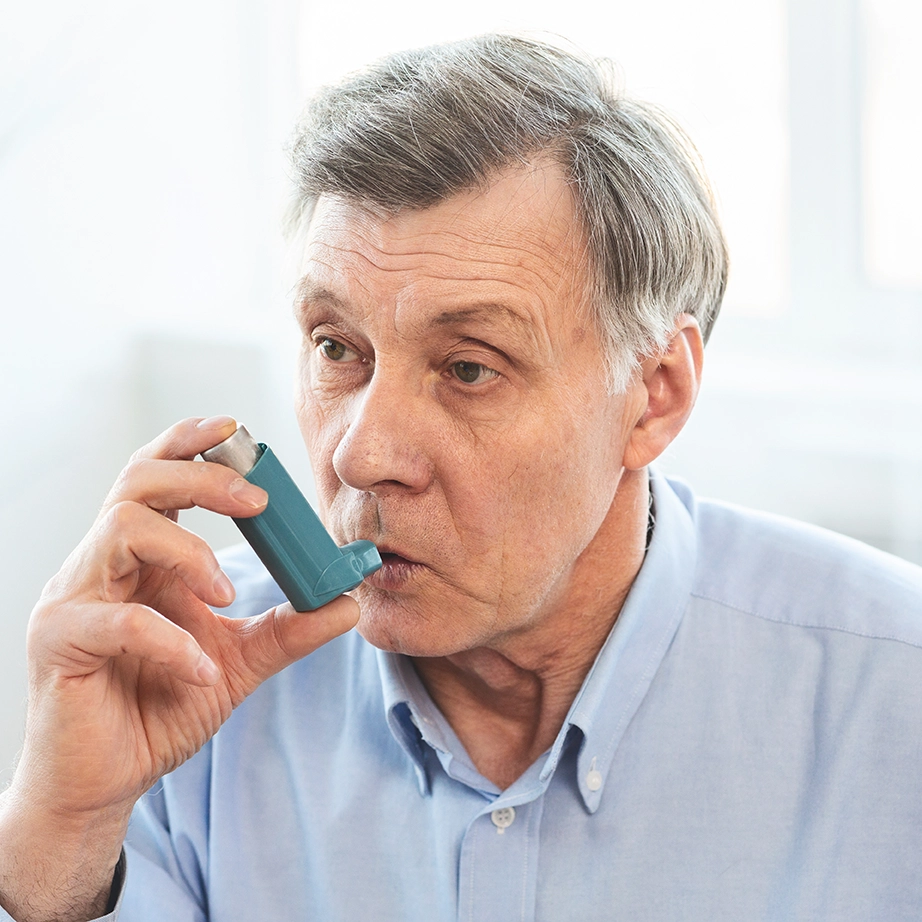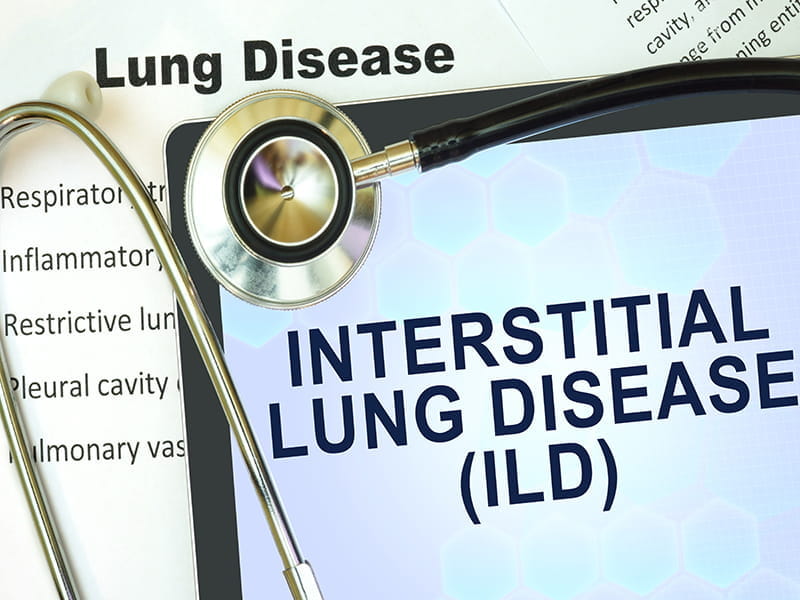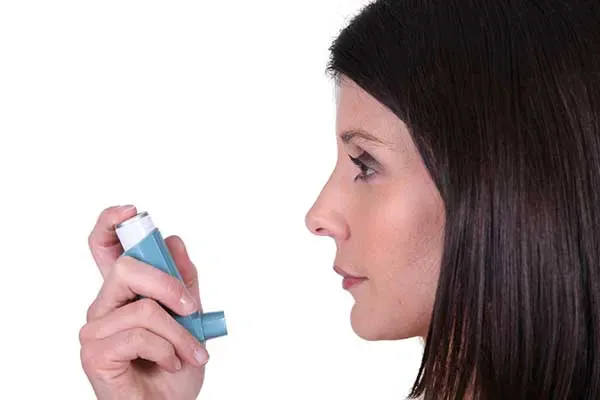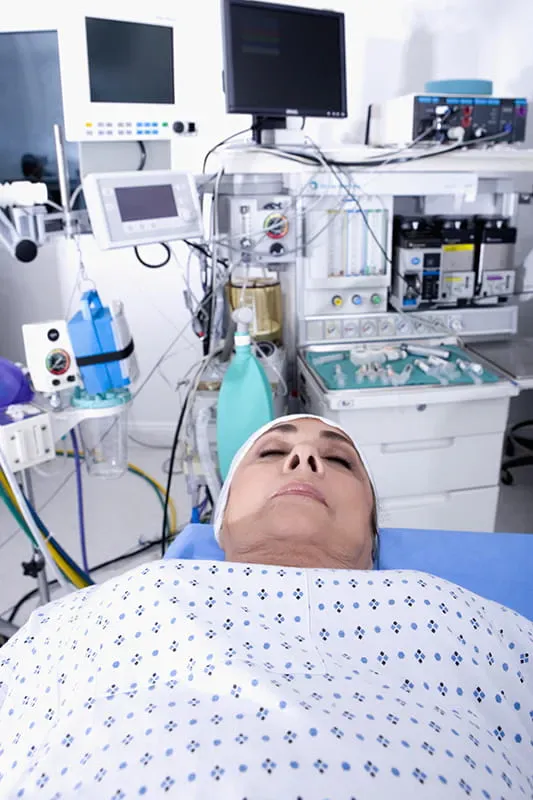Impact of Allergic Diseases on Sleep Quality in Children: A Cross-Sectional Study
Introduction
Symptoms of asthma include wheezing, chest tightness, dyspnea and cough which may tend to worsen at night. Allergic rhinitis (AR) causes nasal congestion, rhinorrhea and sneezing. Sleep disorders, particularly sleep-disordered breathing (SDB), are common in children with asthma and AR, characterized by snoring and airway obstruction. Inflammatory mediators and anatomical factors contribute to sleep disruptions, impacting cognitive function and quality of life in children.
Aim
To analyze the impact of asthma and AR on SDB in children and the effect of control of these allergic respiratory diseases on sleep disturbances.
Method
Study Design
- Observational, cross-sectional, comparative study
Treatment Strategy
- The study group (G1) included children aged between 6-17 years diagnosed with asthma and/or AR and the control group (G2) included children without asthma and/or AR
- Data on demographics, duration of symptoms, recent pulmonary function tests and spirometry were collected
- Questionnaires were filled in to assess the quality of sleep and impact of asthma and AR on sleep
Endpoints
- Quality of sleep evaluated using the Portuguese version of Pediatric Sleep Questionnaire (PSQ)
- Asthma and AR control was evaluated using the Control of Allergic Rhinitis and Asthma Test (CARAT) and CARATKids questionnaires in children aged >12 years and <12 years respectively
Results
- The study (G1) and control (G2) groups included 61 and 100 children respectively
- Among asthmatic children, 89.1% were on medication
- Among children with AR, 86.4% were on combination of 2 or more medications and 10.2% were only on one medication
- Younger children (<12 years old) had better control of both the respiratory conditions
- Sleep disturbance was prevalent in higher proportion of children from G1; indicated by the PSQ scores as seen in Figure 1.
Figure 1. % of children with average PSQ score above 0.33
- In CARAT and CARATKids, only 46.2% and 44.4% of children with allergic respiratory diseases uncontrolled had a PSQ score of <0.33, indicating that a controlled allergic disease corresponds to fewer symptoms of SDB
- The lower the control of AR and asthma in children, higher was the prevalence of SDB
Conclusion
- Prevalence of sleep disordered breathing (SDB) was higher in children with asthma and/or allergic rhinitis (AR)
- The results of this study demonstrated a positive correlation between SDB and uncontrolled asthma and AR
- Children with allergic respiratory diseases should be screened earlier for sleep disorders.
Sleep Med:X. 2024 Dec 15;8:100129. Doi: 10.1016/j.sleepx.2024.100129.


